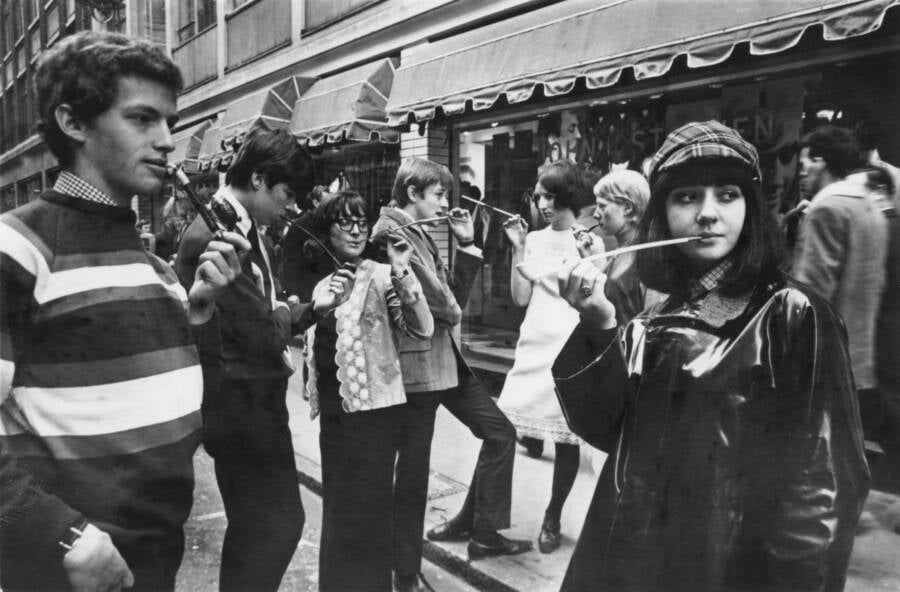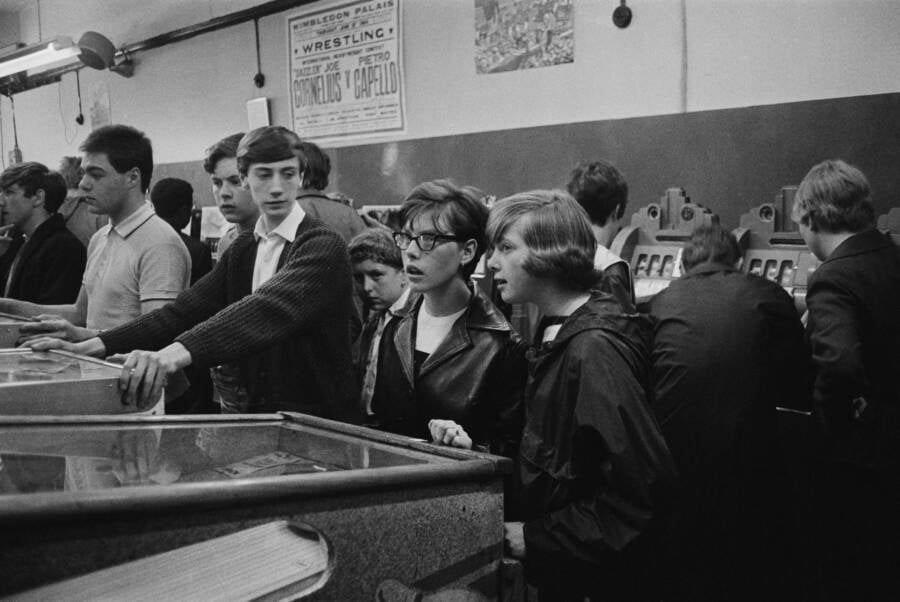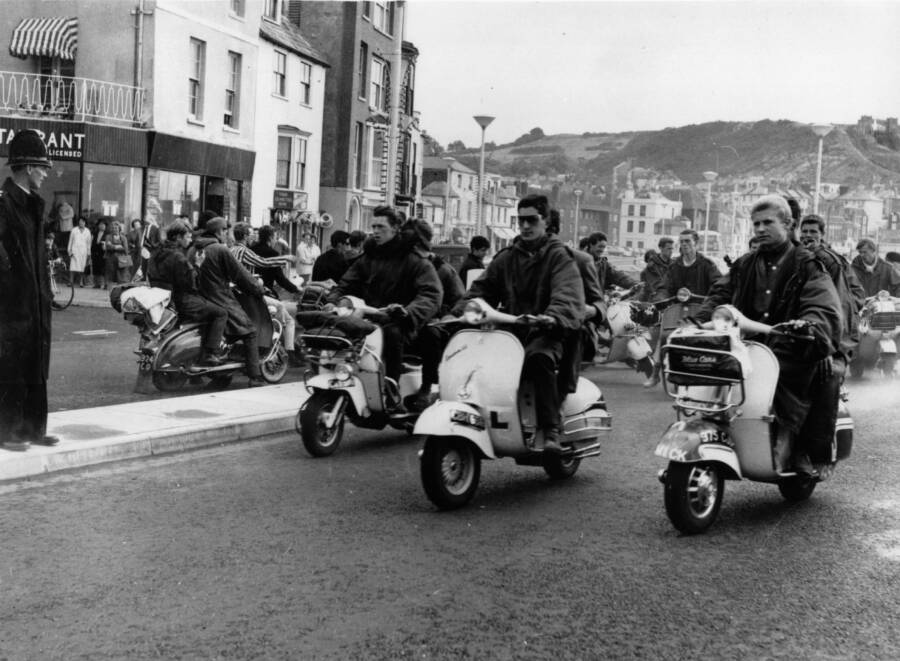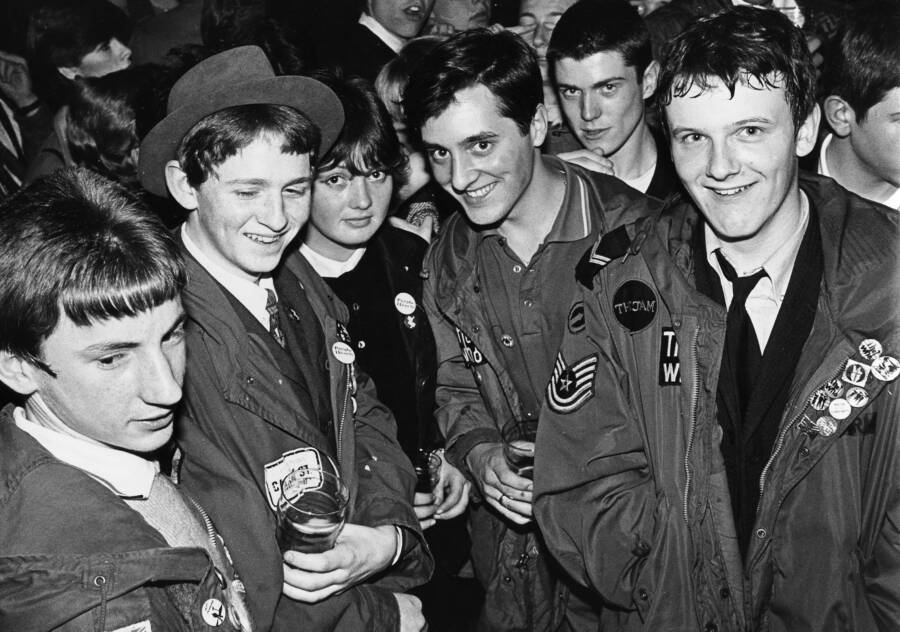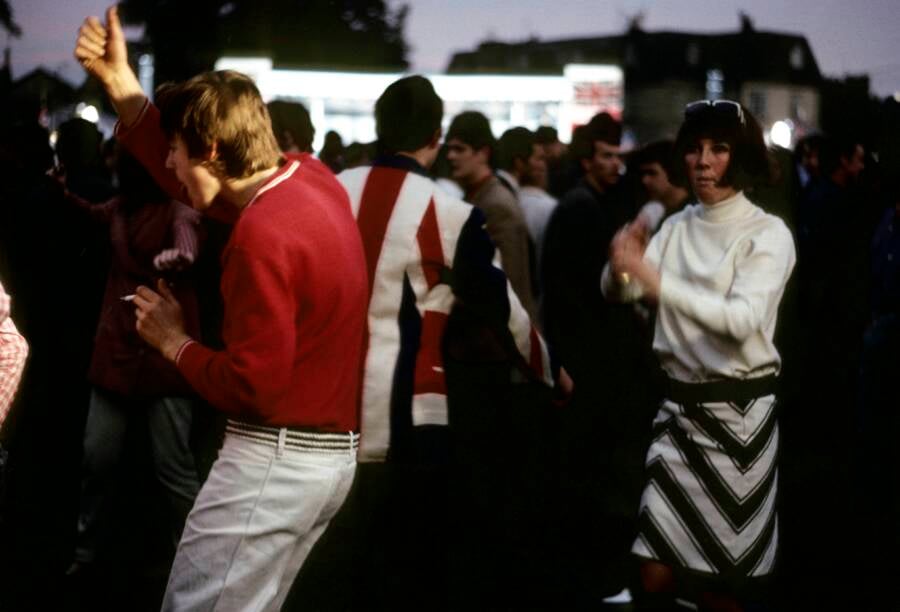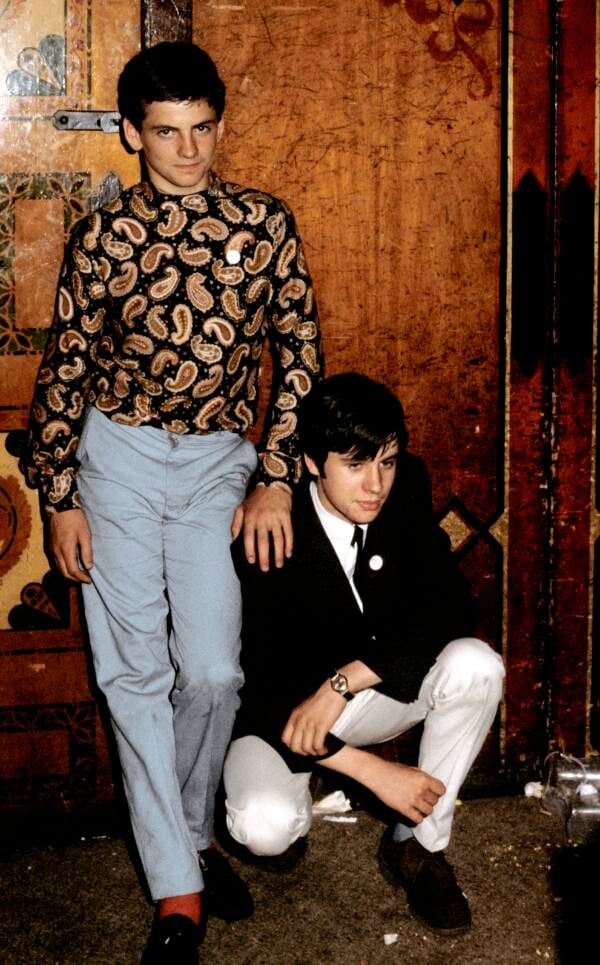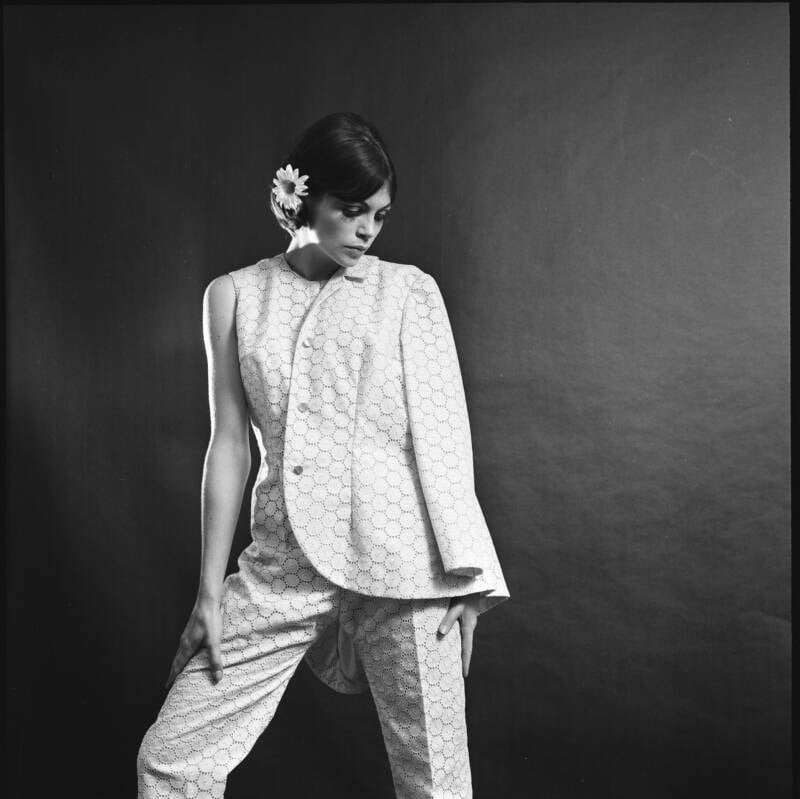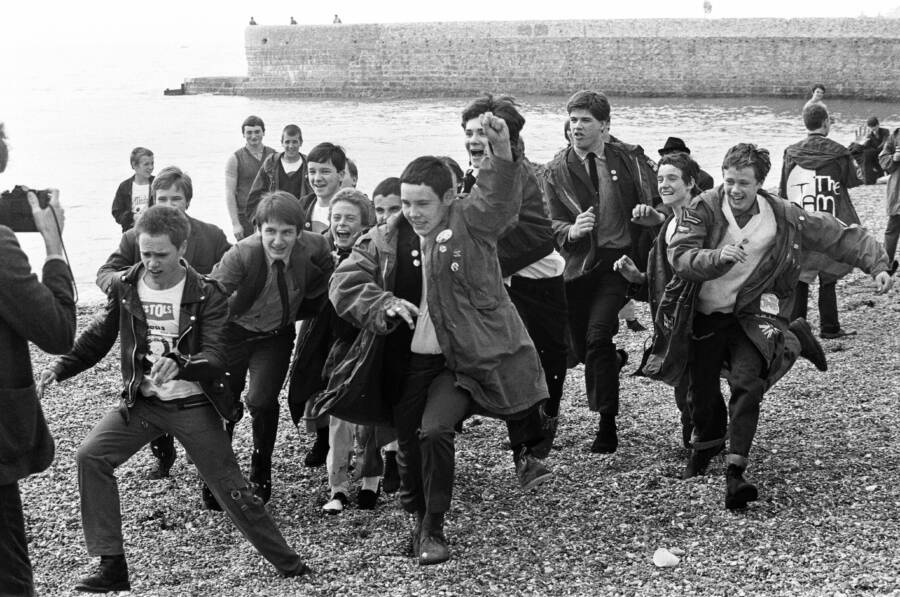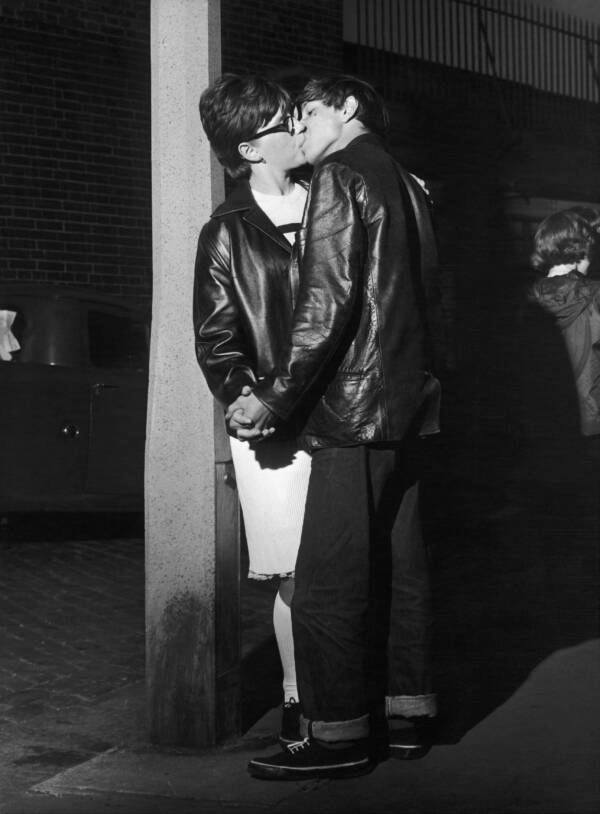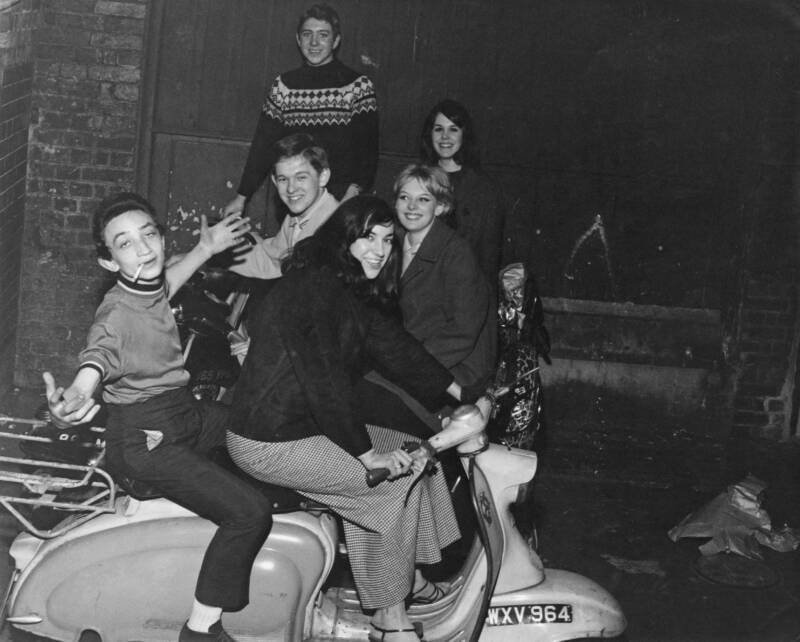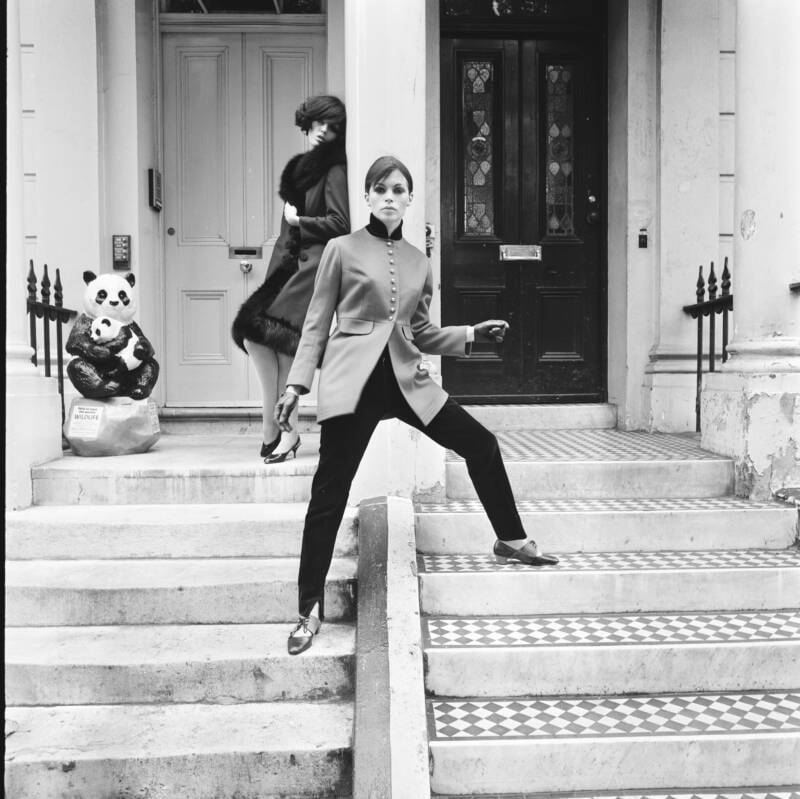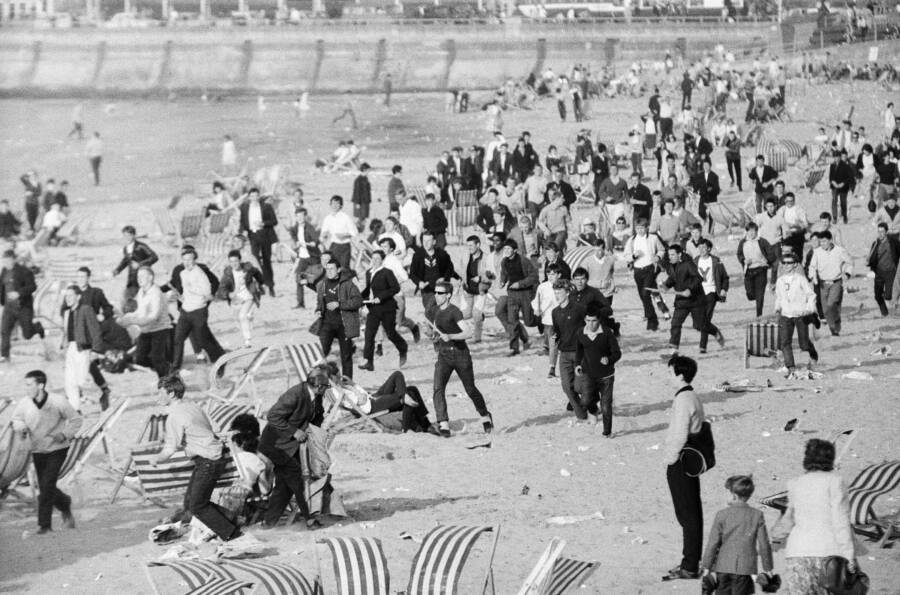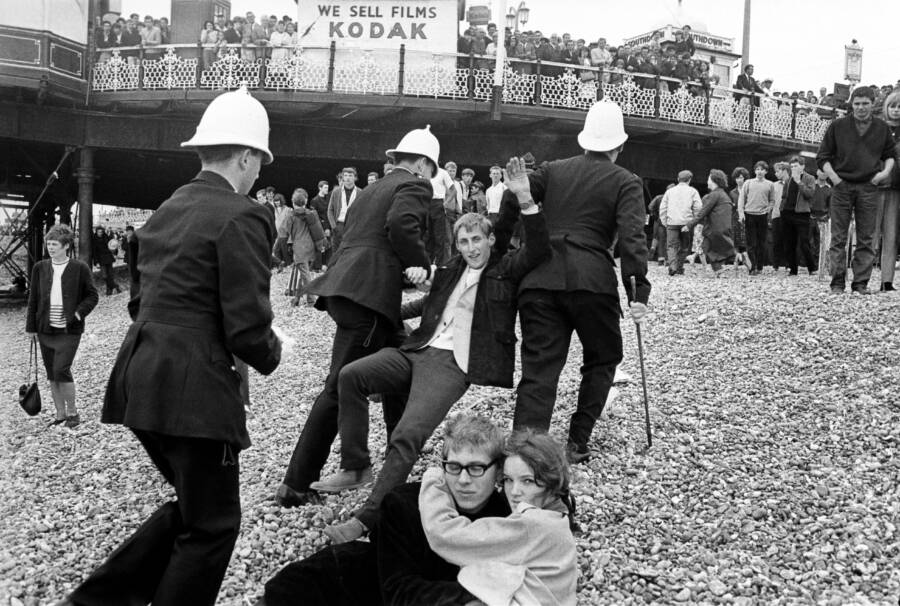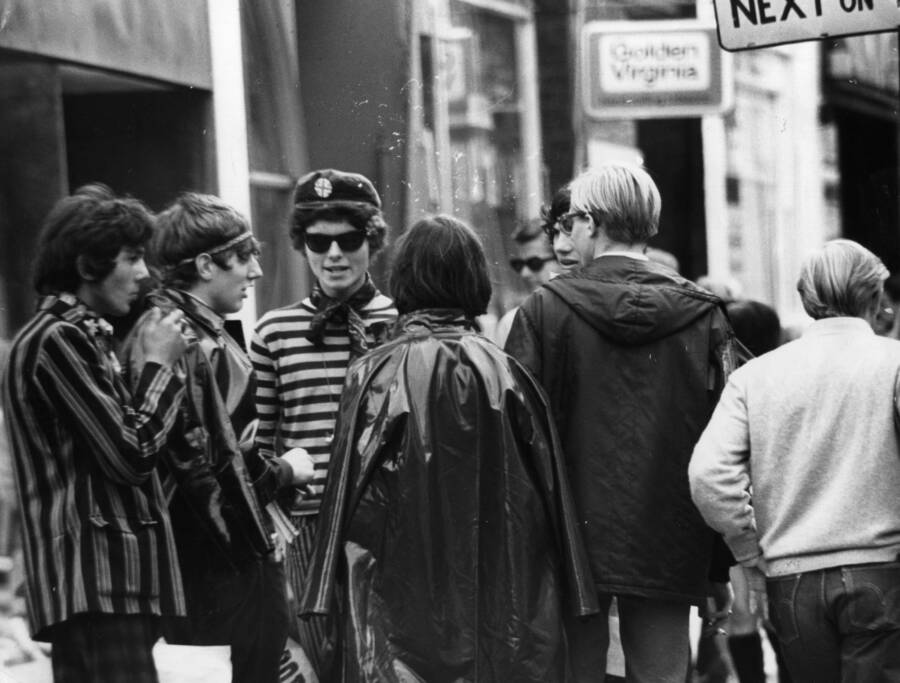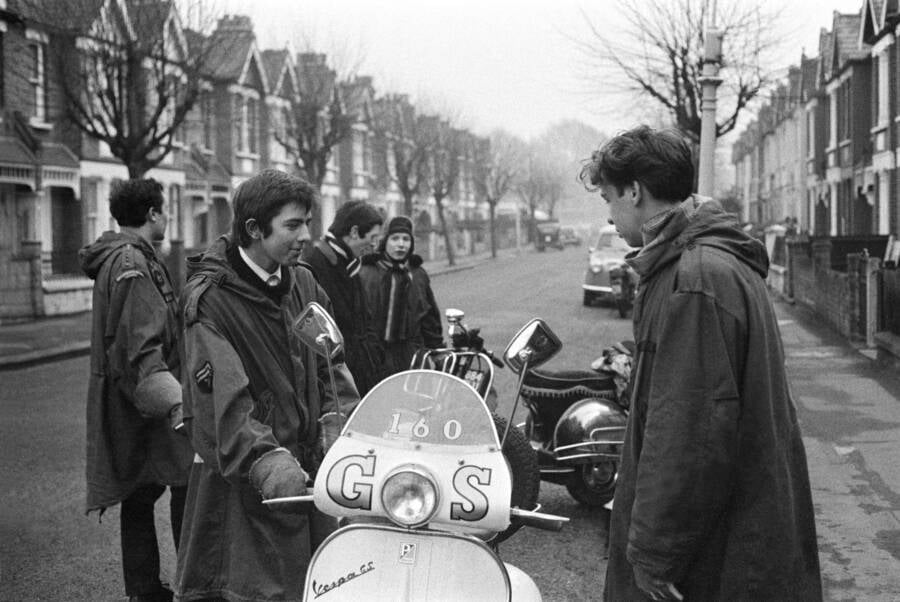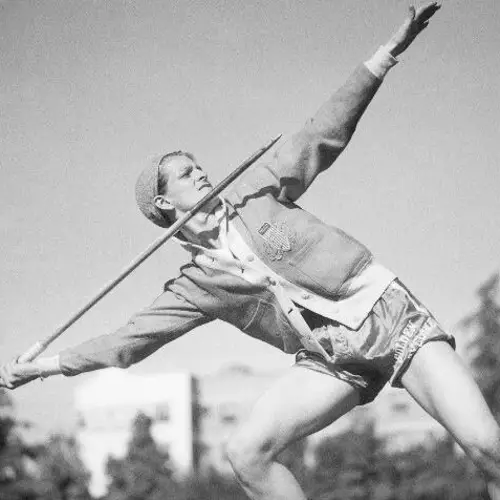In prosperous post-World War II Britain, an aspirational generation of middle-class idealists arose who expressed their progressive ideas through stylish fashions.
In early 1960s Britain, there arose a new type of teenager: The Mods. A widespread subculture of fashion-worshipping and working-class youths, Mod culture came onto the scene as a direct descendent of Britain's Teddy Boys and '50s Beatniks.
"Mod," which derives from "modern," referred to Baby Boomers whose families were recently wealthy in the affluent boom of Britain in the post-World War II era.
With money and time to spare, Mods were decked out in androgyny, wearing unisex high-heels, butch haircuts, moccasins, and mohair. They carted by on Vespa scooters, preaching positive changes in gender and racial equality. Indeed, young Mods used their fashion to express their ideas, which included independence and tolerance.
Explore the Mod style and culture of the 1960s in the gallery above.
British Mods Took Root In The Prosperous '60s
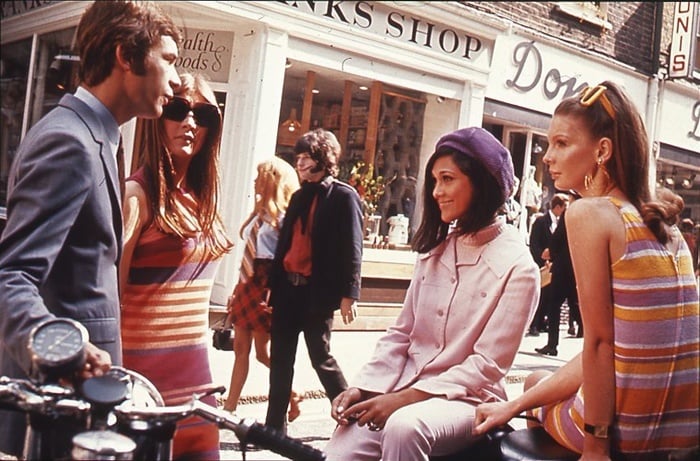
National Archives LondonMods on Carnaby Street, London. 1969.
Style, freedom, and speed were the tenets of Mod culture. This went for both their music and their drugs. Fast-paced, modern jazz, mopeds, and amphetamines were ubiquitous with the scene. Middle-class white kids poured into jazz clubs and coffee shops to hear R&B and cool jazz, donning tight, Italian jackets and suits from yesteryear.
Mod style for men included cravats and three-piece suits from the Edwardian era. Their suits were tailor-made with narrow lapels and worn with crisp, pointed-collar shirts. Coveted shoes were hand-made winkle-pickers; named for the extremely pointed toes which looked like the pins used to pick the meat out of periwinkle snails.
But the hair had to be just right, too. According to one former Mod:
"Most of us had terrific hair ... and you spent a lot of time on it ... What you would do was wash your hair, then get a bowl of hot water and put sugar in it. Let the water cool and keep stirring it up and then plaster the water on your head and shape your hair. We used to leave it on all night. The longer you left it on, the better it was."
Mods congregated at coffee shops, which stayed open later than bars or public transport, so young people would pile into cities from all around the British countryside.
They'd listen to live music and get strung up on amphetamines — dancing and drinking until the wee hours of the morning before riding their Vespas home. And why Vespas, exactly? The sleek scooters didn't have the exposed, greasy machinery of a motorcycle, which is anathema to a clean pair of expensive trousers.
The Subculture Caused A Moral Panic
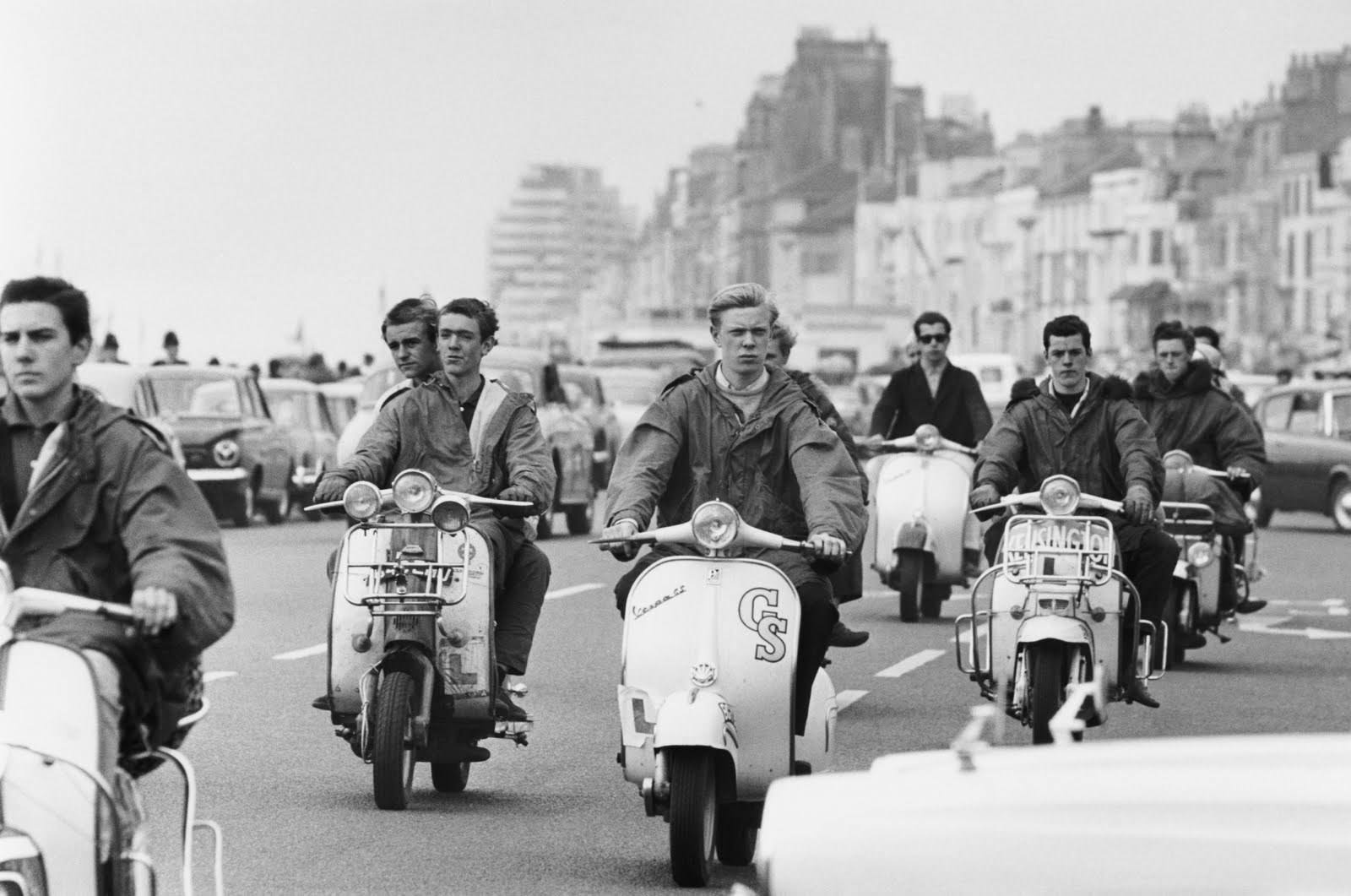
Terry Fincher/ Stringer/Getty ImagesMod style was the visual antithesis of Rocker style and included shiny Vespas and clean-cut 'dos.
But Mods were not without their conflicts. Britain was said to be in a "moral panic" as short-skirted women and fast-talking men clad in Italian suits and clunky shoes roamed the city streets.
Some Mods would sew razor blades into their lapels to wound would-be attackers, who usually hailed from the more mainstream "Rocker" crowd which originated in the '50s and was focused on motorcycling, black leather jackets, and motorcycle boots.
Their overall style was influenced by Marlon Brando's character in The Wild One. The guys wore pompadours, and the group's music of choice was 1950s rock and roll; Eddie Cochran and Gene Vincent were popular artists.
The two subcultures frequently clashed on the streets, which only contributed to the moral panic amid traditionally-minded Brits.
Rockers considered the Mods to be effeminate because they had an interest in fashion. Therefore, bullying and fighting ensued. However, things calmed down considerably by 1964, as Mods became more widely accepted by all youth as a symbol of a newer, more "modern" society.
Mod culture represented a shift in culture. With the 1960s came a youth with more progressive ideas who sought to redefine the British social standard. In postwar Britain, the women still typically stayed at home or did the shopping while the men worked. Mods rebelled against the ideology, and in turn, the mainstream rebelled against the Mods.
A Mod seen fussing over his clothing, spending time in record stores, or cavorting with the opposite sex in corner cafes appeared to be blasphemy.
Not surprisingly, Mod culture directly coincided with the civil rights movement in Britain. One of the first modern trends was to accept women as their own autonomous beings. The female Mod felt free to make her own stylistic and personal choices.
Mod Culture Was Progressive and Aspirational

Byron's MuseMod women in the 1960s.
Like the Flapper girls of the 1920s, Mod women were liberated and eager to participate as an individual in the society that had often excluded them.
The arrival of Mod culture in the early '60s saw the first major wave of British women "leaving the nest," or building a life outside of the home. Though certainly not equally paid, women began to take their own jobs and gain control of their own incomes.
With that, women saw an opportunity to carve out a bit of their autonomy in a more physical sense as well. Again, the fashion mimicked the ideaology, and as women gained control of their destinies they also reclaimed their bodies and their sexuality. The skirts got shorter, the hair became less "feminine" and women would go out dancing unaccompanied by a man.
Attitudes of the young Mod men were favorable to this new autonomy given to women. They readily accepted the idea that a woman did not need to attach herself to a man.
Today, we continue to be socially conscious in this manner; equal rights issues remain front and center in the media. It seems like in the 21st century, our current attitudes still reflect what was once "progressive" '60s Mod culture.
After this look at Mod style and culture in 1960s Britain, find out what life was like for kids on the 1960s hippie trail — and specifically in the mecca of Goa, India. Then, read about what the youth of the '60s were running away from — with a candid look at the anti-civil rights movement in White America.

